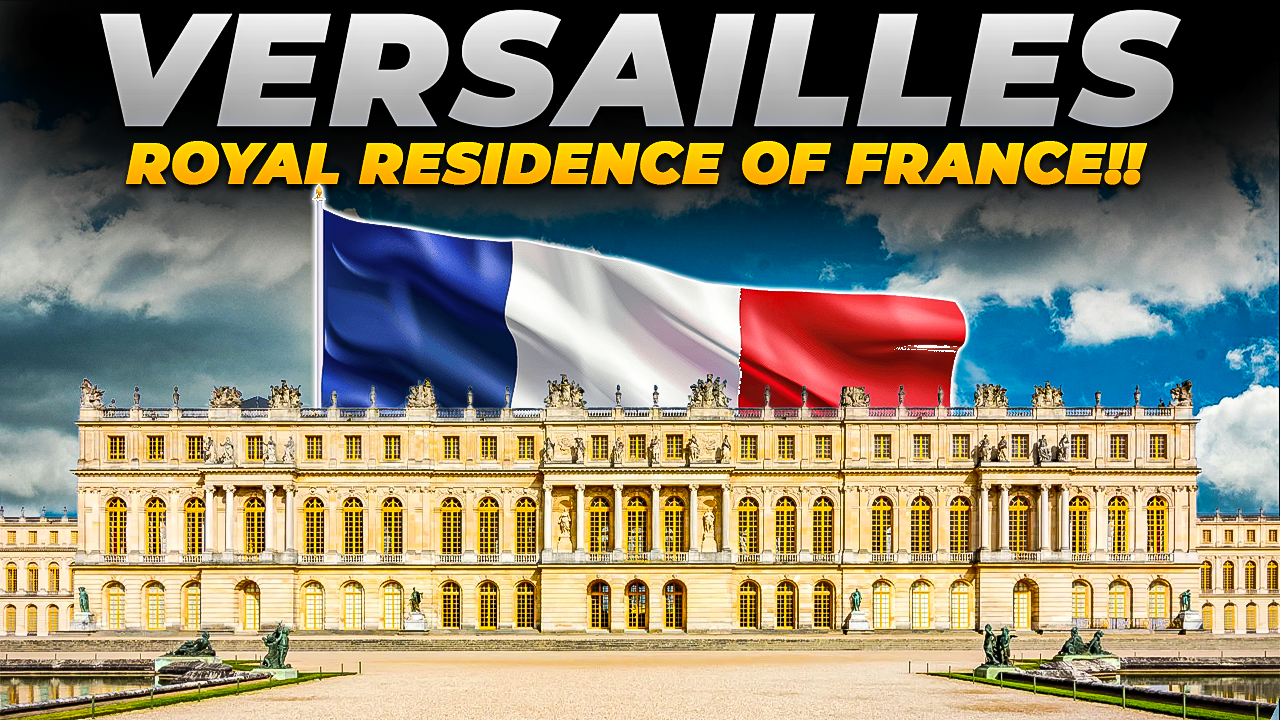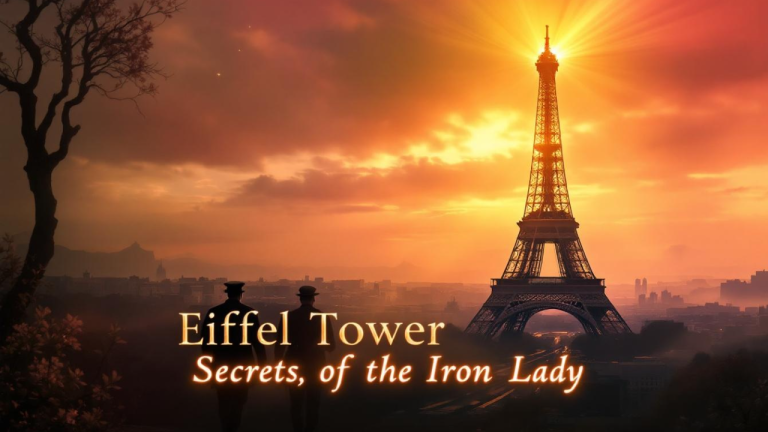The Palace of Versailles: A Monument to Royal Grandeur

The Palace of Versailles, a dazzling symbol of absolute monarchy, stands as one of the most iconic landmarks in the world. Located just outside of Paris, this UNESCO World Heritage Site is celebrated for its breathtaking architecture, opulent gardens, and rich history. From its modest beginnings as a hunting lodge to its transformation into a royal residence by Louis XIV, Versailles embodies the power and artistry of the French monarchy at its peak. Let’s step inside and uncover the stories, splendor, and secrets that make Versailles a treasure of global heritage.
The Origins: From a Lodge to a Palace
Versailles’ story begins in 1623, when Louis XIII built a small hunting lodge in the rural village of Versailles, about 20 kilometers from Paris. This humble structure served as a retreat for royal hunting expeditions. However, it was Louis XIV, the “Sun King,” who envisioned something much grander. Seeking to consolidate his authority and distance himself from Paris’ political intrigues, Louis XIV transformed the lodge into a majestic palace starting in the 1660s.
By relocating the royal court to Versailles in 1682, Louis XIV centralized his power and established a court culture centered around his persona. The palace became the political and cultural heart of France, influencing European monarchies for centuries.
Architectural Brilliance: A Triumph of Baroque Design
The Palace of Versailles is a stunning example of Baroque architecture, characterized by its symmetry, grandeur, and theatricality. Louis XIV enlisted architect Louis Le Vau, painter Charles Le Brun, and landscape architect André Le Nôtre to bring his vision to life. The result? A sprawling complex with over 700 rooms, 2,153 windows, and 67 staircases, spanning more than 8 million square feet.
One of its most iconic features, the Hall of Mirrors, is a 73-meter-long gallery adorned with 357 mirrors—a rare and expensive luxury at the time. Completed in 1684, this hall glorifies Louis XIV’s reign with gilded sculptures, crystal chandeliers, and ceiling paintings depicting his military victories. It also served as the site of the 1919 Treaty of Versailles, which ended World War I.
The king’s bedchamber, located at the palace’s center, reflects Louis XIV’s role as the “Sun King,” symbolizing his connection to Apollo, the sun god. The intricate details in frescoes, silk tapestries, and marble fireplaces throughout the palace further emphasize its opulence and royal divinity.
The Gardens: Nature Mastered and Magnified
Designed by André Le Nôtre, the Gardens of Versailles span over 800 hectares and represent a masterpiece of French formal garden design. Their meticulously organized geometric patterns feature 400 sculptures, 1,400 fountains, and parterres trimmed to perfection. The Grand Canal, a 1.6-kilometer-long waterway, was a venue for royal boating parties and military displays.
Highlights include the Orangery, housing exotic plants, and the fountains of Latona and Apollo, which reinforce the palace’s divine imagery. To supply these fountains with water, engineers created the Machine de Marly, a hydraulic marvel that rerouted rivers and showcased France’s technical prowess in the 17th century.
Private Retreats: The Trianons and Marie Antoinette’s Hamlet
Beyond the main palace, the Grand Trianon and Petit Trianon offered smaller, more intimate retreats. The Grand Trianon, built in 1687, featured pink marble and elegant gardens, serving as a leisure space for Louis XIV. The Petit Trianon, associated with Marie Antoinette, became her personal escape from court life.
Marie Antoinette’s Hamlet, a rustic model village complete with thatched cottages and a working farm, reflected her romanticized vision of rural life. However, this indulgence later became a symbol of royal extravagance, fueling criticism during the French Revolution.
The Cost of Grandeur: Challenges in Construction
Building Versailles was a monumental undertaking. Tens of thousands of workers—masons, carpenters, artists, and laborers—worked under harsh conditions to bring the palace to life. Marshes were drained, forests cleared, and massive amounts of stone transported from distant quarries. The project cost an estimated 80-100 million livres, equivalent to $2-3 billion today, straining France’s treasury and sowing seeds of discontent.
The fountains’ immense water demands required innovative engineering solutions like the Machine de Marly. Unfortunately, many workers faced disease and accidents, with countless lives lost during construction.
Legacy and Revolution: Versailles Through the Ages
Versailles was more than a palace; it was a symbol of Louis XIV’s absolute power. The rigid etiquette and daily rituals of court life reinforced the monarchy’s control over nobles, while the palace’s splendor elevated France’s global prestige. However, its opulence also bred resentment among commoners, contributing to the French Revolution.
In October 1789, a revolutionary mob forced Louis XVI and Marie Antoinette to leave Versailles. The palace was stripped of its treasures and fell into neglect until the 19th century, when King Louis-Philippe transformed it into a museum dedicated to French history. Today, Versailles draws over 7 million visitors annually, standing as a timeless testament to France’s cultural heritage.
Conclusion: A Lasting Legacy 🌟
The Palace of Versailles is a monumental achievement in architecture, artistry, and ambition. From its transformation under Louis XIV to its role in pivotal historical events like the signing of the Treaty of Versailles, this iconic landmark encapsulates the grandeur and contradictions of the French monarchy. Its opulent halls, intricate gardens, and lesser-known stories continue to captivate millions, reminding us of the interplay between power, beauty, and human endeavor.
What fascinates you most about Versailles? Let us know in the comments below, and don’t forget to share this post with fellow history enthusiasts! 🌍

